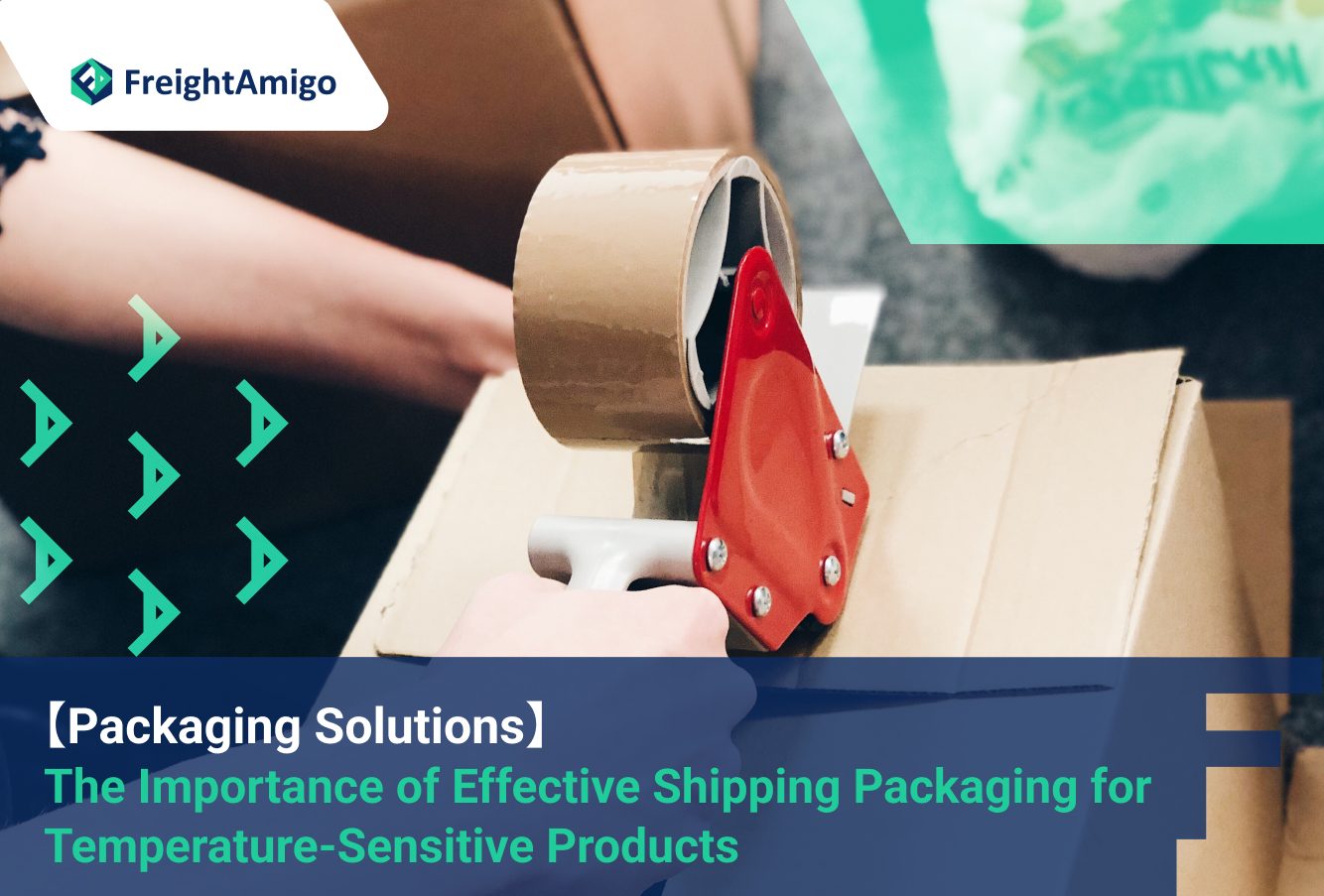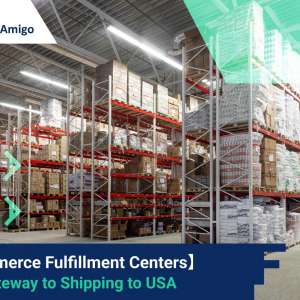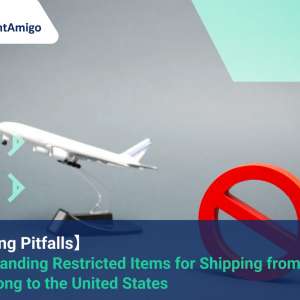January 9th, 2024: Maya Wong – Marketing Analyst at FreightAmigo
Shipping temperature-sensitive goods presents a unique set of challenges. From frozen foods to pharmaceuticals, these products demand precise handling to maintain their quality and safety. This article will explore the various packaging solutions available for shipping temperature-sensitive items, offering insights into best practices and considerations when selecting the right solution.
Want to compare the best Express, Air Freight, Sea Freight, Rail Freight & Trucking rates so as to have better control on cost?
Understanding the Cold Chain
Before diving into the specifics of packaging, it’s crucial to grasp the concept of the cold chain. This term refers to a logistics network designed to maintain a constant low temperature for perishable goods from production to consumption.
The cold chain encompasses all steps involved in shipping perishable items, including the storage, transport, and delivery phases. The integrity of the cold chain is essential to prevent spoilage and ensure the safety and quality of temperature-sensitive goods.
Role of Cold Chain Packaging
In the context of the cold chain, packaging plays a pivotal role. Cold chain packaging, or temperature-controlled packaging, is designed to protect temperature-sensitive goods from ambient temperatures during shipping. This packaging forms the first line of defense against temperature variations, maintaining the desired temperature throughout the journey and mitigating the risk of product degradation.
Without appropriate packaging solutions, products risk exposure to varying temperatures, leading to potential spoilage and quality degradation. Effective cold chain packaging can even replace the need for expensive refrigerated transport units in some cases, making it a vital aspect of temperature-controlled shipping.
Types of Cold Chain Packaging
There are primarily three types of cold chain packaging systems – active, passive and hybrid.
Active Packaging
Active cold chain packaging involves the use of electrical systems, usually powered by fossil fuels, to maintain a constant low temperature. While reliable, these systems can be expensive to maintain and repair if technical issues arise.
Passive Packaging
On the other hand, passive cold chain packaging employs insulating materials to shield products from ambient temperatures. The insulating materials can range from expanded polystyrene (EPS) to polyurethane (PUR) and other advanced materials. Phase Change Materials (PCMs) are also used to maintain a consistent temperature.
Passive cold chain packaging is less expensive than its active counterpart and offers similar levels of temperature control. However, the effectiveness is limited by the transit time, and any delays could risk product spoilage.
Hybrid Packaging
Hybrid cold chain packaging combines the elements of both active and passive packaging. This approach is particularly effective for extremely temperature-sensitive materials, such as vaccines, where the margin for error is minimal.
Selecting the Right Packaging Solution
The selection of an appropriate packaging solution depends on a variety of factors, including the nature of the product, the required temperature range, the duration of transit, and specific regulatory requirements.
For example, meat products need to be shipped at temperatures below 40 degrees Fahrenheit to inhibit bacterial growth. Similarly, dairy products must be kept below 45 degrees Fahrenheit to preserve freshness.
On the other hand, certain pharmaceutical products have stricter temperature requirements. Vaccines, for instance, are highly susceptible to spoilage if exposed to temperatures outside the recommended range. Therefore, they require specialized cold chain packaging solutions with stringent temperature control.
Cold Chain Packaging Best Practices
When shipping temperature-sensitive products, the following practices can help ensure effective temperature control:
- Use high-quality, durable packaging materials that offer good insulation.
- Select the right type of cooling solution (e.g., dry ice, gel packs) based on the product’s temperature requirements.
- Ensure the packaging is sealed properly to prevent air leakage.
- Label the package clearly to indicate that it contains temperature-sensitive items.
- Choose a reliable carrier service that can handle temperature-sensitive shipments and deliver them promptly.
Conclusion
Shipping temperature-sensitive products requires careful planning and the right packaging solutions. By understanding the nuances of the cold chain and utilizing suitable packaging materials and methods, businesses can ensure their products arrive at their destination in optimal condition. As the demand for temperature-sensitive goods continues to rise, the importance of effective cold chain packaging cannot be overstated.
By leveraging advanced packaging solutions, businesses can safeguard product quality, comply with regulatory standards, and ultimately deliver a superior customer experience. In the world of temperature-sensitive goods, the right shipping packaging can make all the difference.
There are different options for cargo transportation. If you want to choose the most convenient and suitable solution, it is best to have the full support of logistics experts! If you are planning to ship goods overseas, please go to the FreightAmigo page for inquiries.
===
Read More:
【Choosing the Right Materials】 The Ultimate Guide to Packaging for Shipping Electronics
【Packing Electronics for Shipping】 Best Practices and Tips for a Secure Delivery
===
If you have any inquiries on logistics/supply chain, feel free to contact FreightAmigo now:
Chat with us online OR
Phone : +852 28121686
WhatsApp: +852 27467829









































